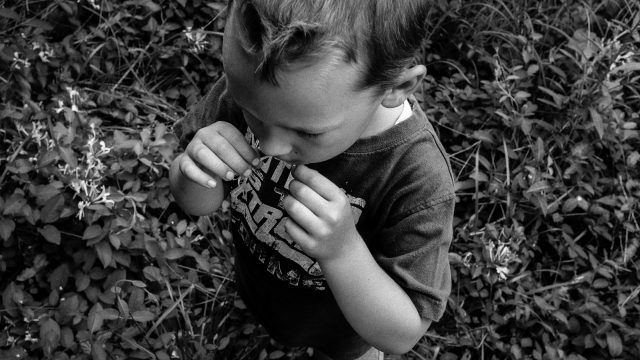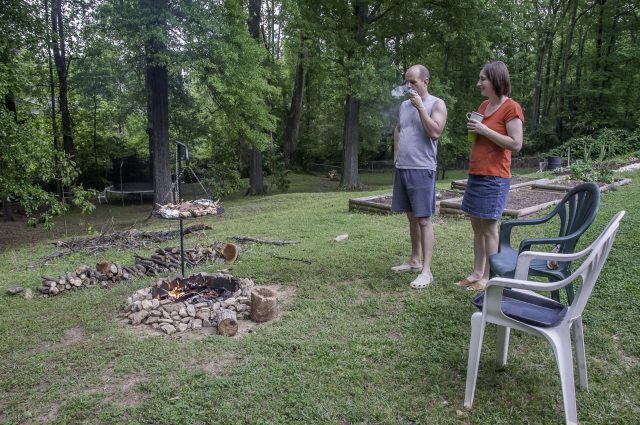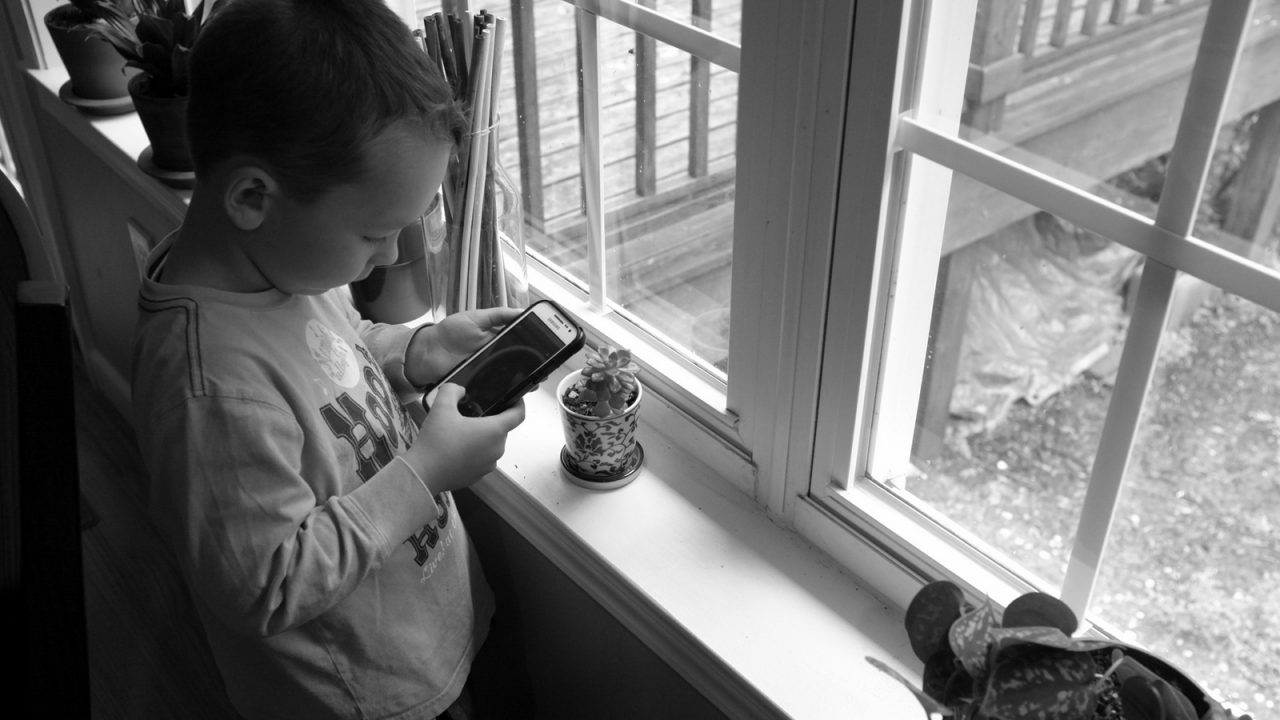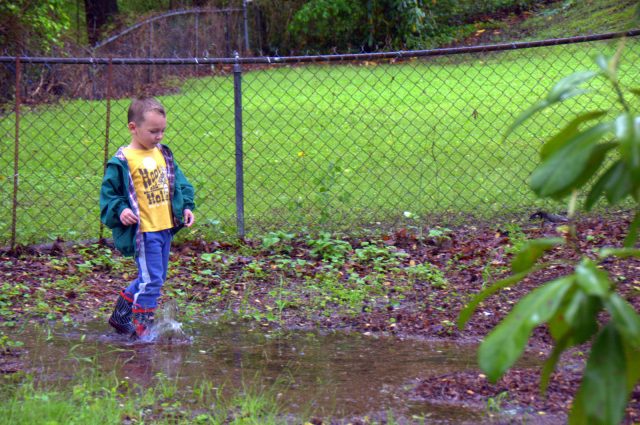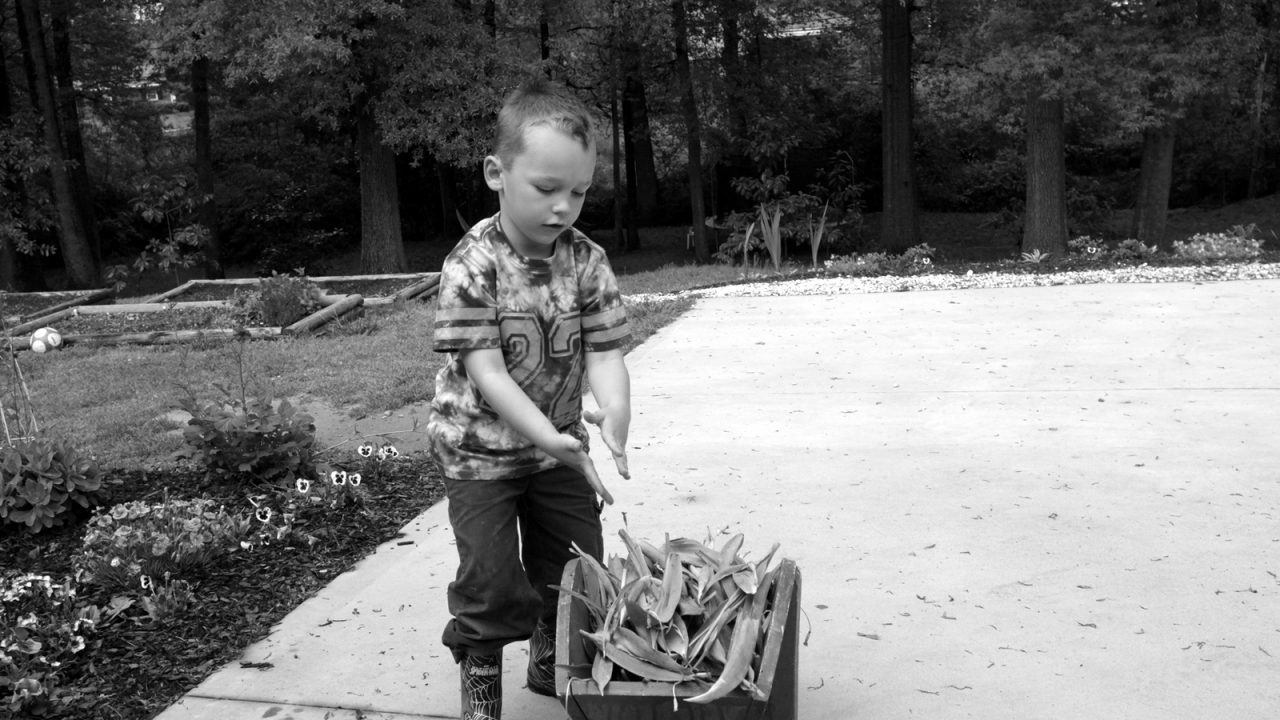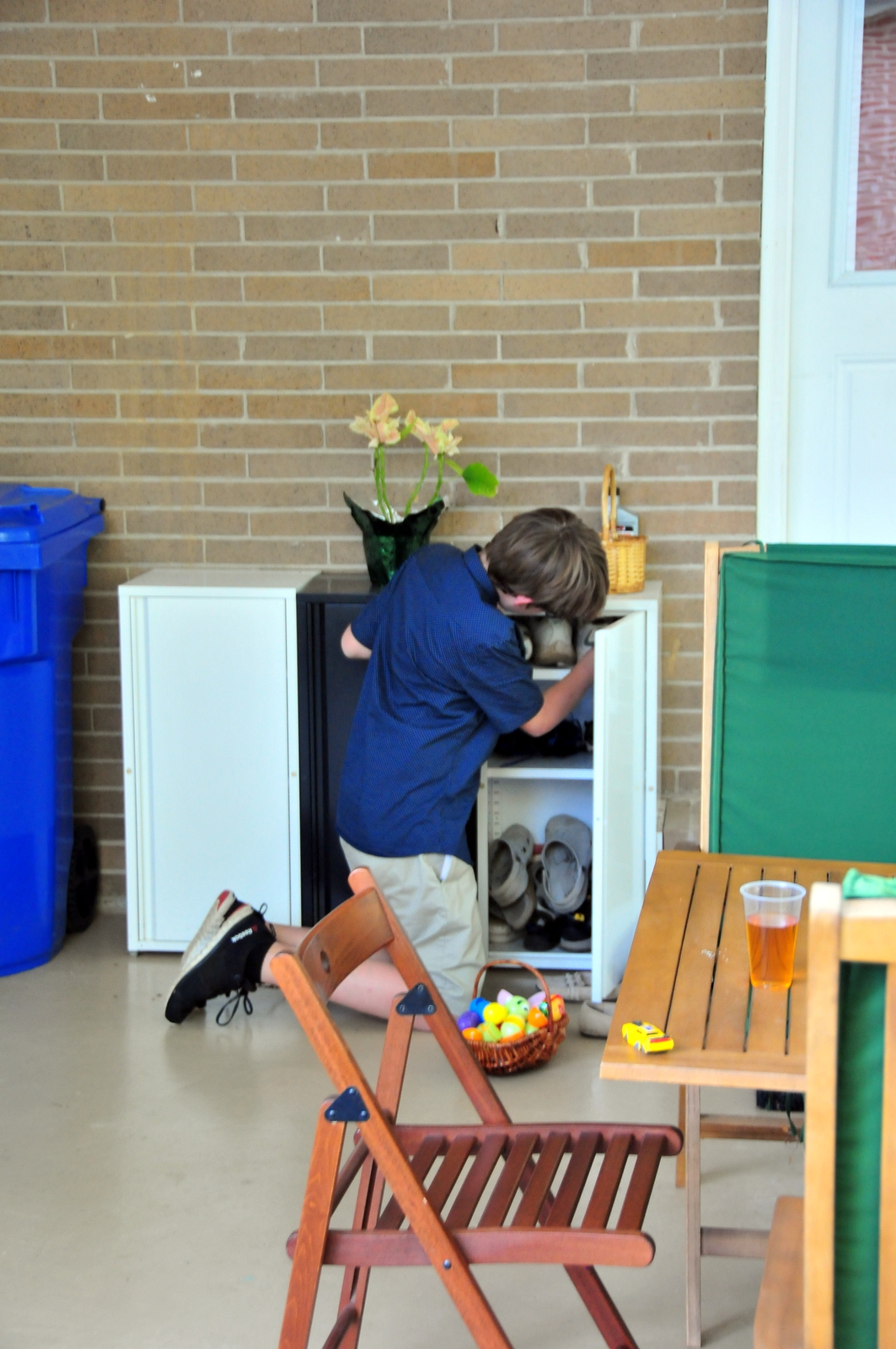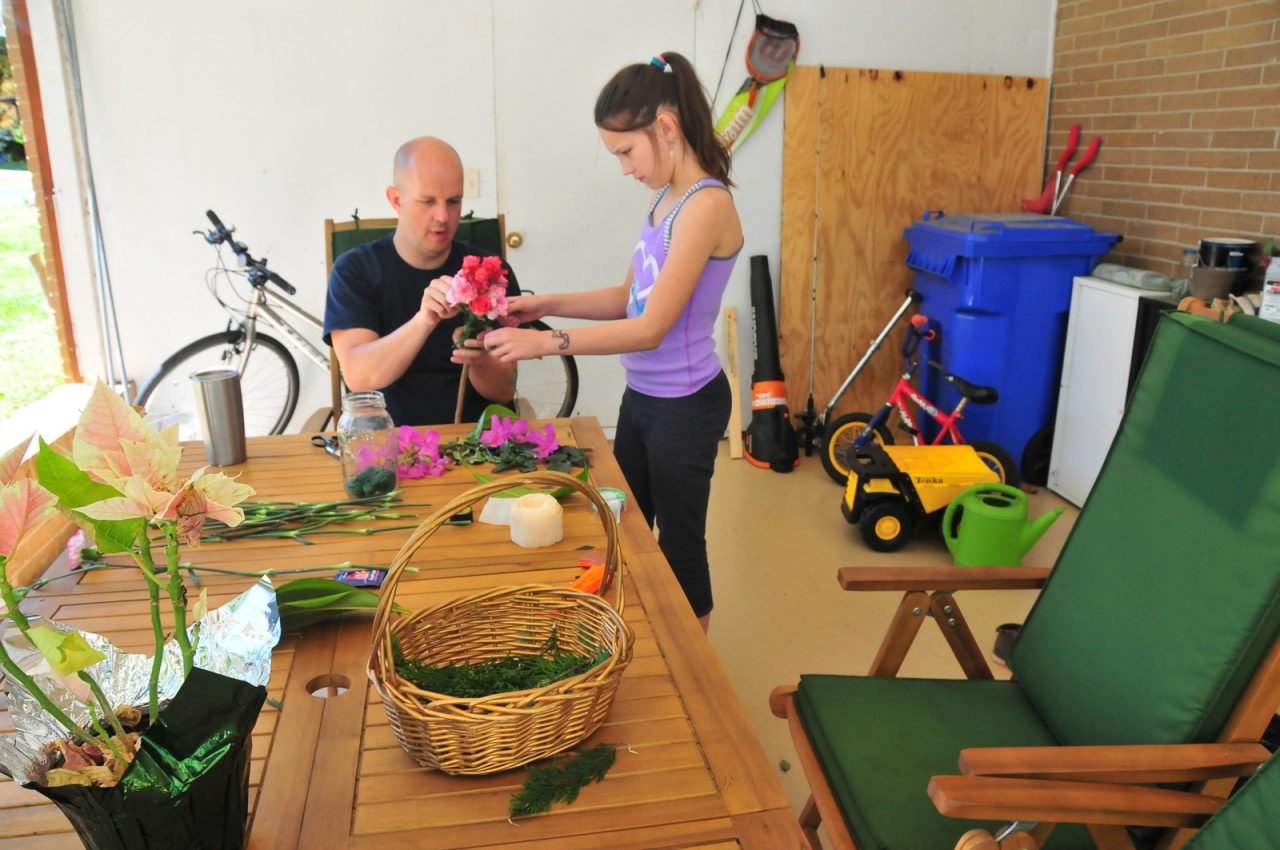Today is the last Sunday of the month, which means Polish Mass. It’s not much of a Polish Mass as much as it’s an English Mass with responses in Polish. Finding a replacement Polish priest is not all that easy, it seems. Yet L’s recent involvement in the children’s choir has energized and interested her: she doesn’t want to give it up. So we went to Mass in the morning, the three of us, and K went in the afternoon. Kind of like we used to do when one of us was sick: one stays home with the kid then goes to Mass later in the day.
It’s been a real benefit to the Girl, children’s choir. It keeps her focused in Mass for thing. It’s hard to fidget about when you have to pay attention and be ready to sing. It’s also helped her make new friends with girls who seem to have their heads looking forward and their priorities straight. It’s a constant worry we have: what kind of friends is she making at school? What kinds of behaviors are being modeled at school? We’ve met her best friends, of course, but she comes into contact with so many other children that it would be impossible to keep up. And so we’re happy to have some more positive influences in her life.
After lunch, it’s the same old Sunday tradition: exploring. The Boy and I headed to the other side of the creek to the neglected, overgrown portion of the lot of the all-but-abandoned house. The owner of the house died in his backyard a few years ago — we heard the cries of anguish in our yard when they discovered him — and I guess they moved his wife into assisted care or something. At any rate, someone comes and mows the yard a few times a summer, but the long triangular off-shoot of the lot has been completely neglected. There is now a stand of Sweetgum trees there that just makes me shudder.
But we were after something else, something sweeter.
Honeysuckle. When I was a kid, finding a fine of honeysuckle was a rare and wonderful treat. Our neighborhood didn’t have any wild areas, and I don’t think many people cultivate honeysuckle.
Later, in the early evening, E and I went back down to have another snack. The Girl joined us, bringing a small bowl to bring back some blossoms to enjoy during the movie.
I love the simplicity of that.



